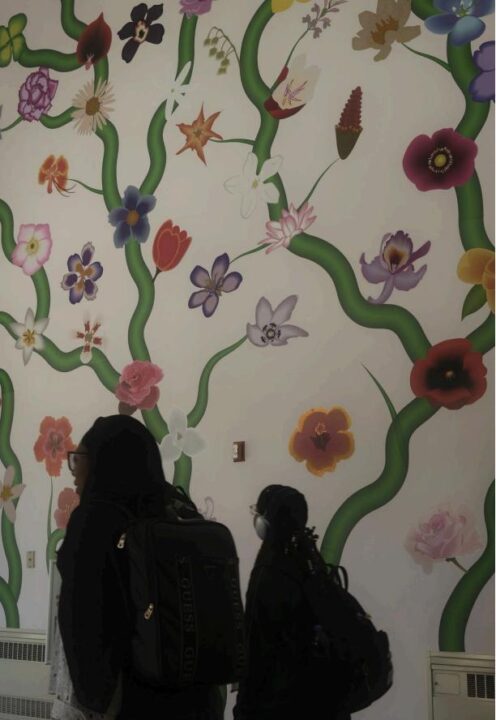Recently there has been an influx of lawsuits against colleges that do not have websites accessible to students with disabilities. These lawsuits were all won by the plaintiff, Emanuel Delacruz, who is blind. Applying to college is one of the hardest tasks that a young adult undertakes. So it stands to reason that the application process becomes even more difficult when people with disabilities have to face more hurdles that limit their accessibility.
Official college websites are an important aspect in anyone’s search for a school that is right for them. Without providing closed captioning for the hearing impaired or audio descriptions for the blind, college websites are essentially violating the Americans with Disabilities Act according to the ruling.
Senior statistics major Stormy Hill stated, in regards to the ADA, “[The ruling] definitely falls [under] the jurisdiction of the Americans with Disabilities Act as a public service and/or accommodation. However, public or not, I do believe that all colleges should be doing whatever they can to make education equally available for students with disabilities. Today, so much of schoolwork is done online that if the website is not usable for any student then they are at a huge, unfair disadvantage.”
The ruling is a step in the right direction. The ultimate goal is to provide an environment where everyone can have access to the same information and opportunities. Unfortunately, students with disabilities are not always given this privilege.
Overall, there has been an increase in enrollment of people with disabilities into universities over the years. This is presumably due to better understanding and treatment of people with disabilities. Despite the increase, there is still a large disparity in the percentages of disabled individuals enrolled in university in comparison to their peers.
Statistics support the assertion that students with disabilities have a much more difficult time applying to and excelling in higher education than others. Sixty percent of students with disabilities enroll in higher education despite 80 percent stating they would attempt university. This is compared to 67 percent of other students who enroll in school. After enrollment, only 41 percent complete their degree in comparison to 52 percent of the rest of the population.
The ADA is a special aspect of college life as campuses are usually filled with people from all different types of backgrounds. The law provides protection for students who have difficulties adapting to a campus that may not provide for their needs. However, this should extend to a university’s website as it is an invaluable source of information.
Hill also stated that, “I am not sure how accessible UMBC’s website is for other students, so I can’t really comment on that other than to say that I think UMBC’s website is even difficult for me to find things on a lot of times, and I wouldn’t want to try it with a vision impairment for sure.”
UMBC’s own website should be considerate of the needs of all their students. There are a few videos posted on UMBC’s official site with closed captioning. However, many use YouTube’s automated closed captioning services, which very often translate statements incorrectly. There are also no audio descriptions on website pages, which poses a problem for blind and vision impaired students and faculty.
UMBC should take the necessary steps to update the current website. This diverse and welcoming campus has some work to be done in order to be completely accessible to everyone.
